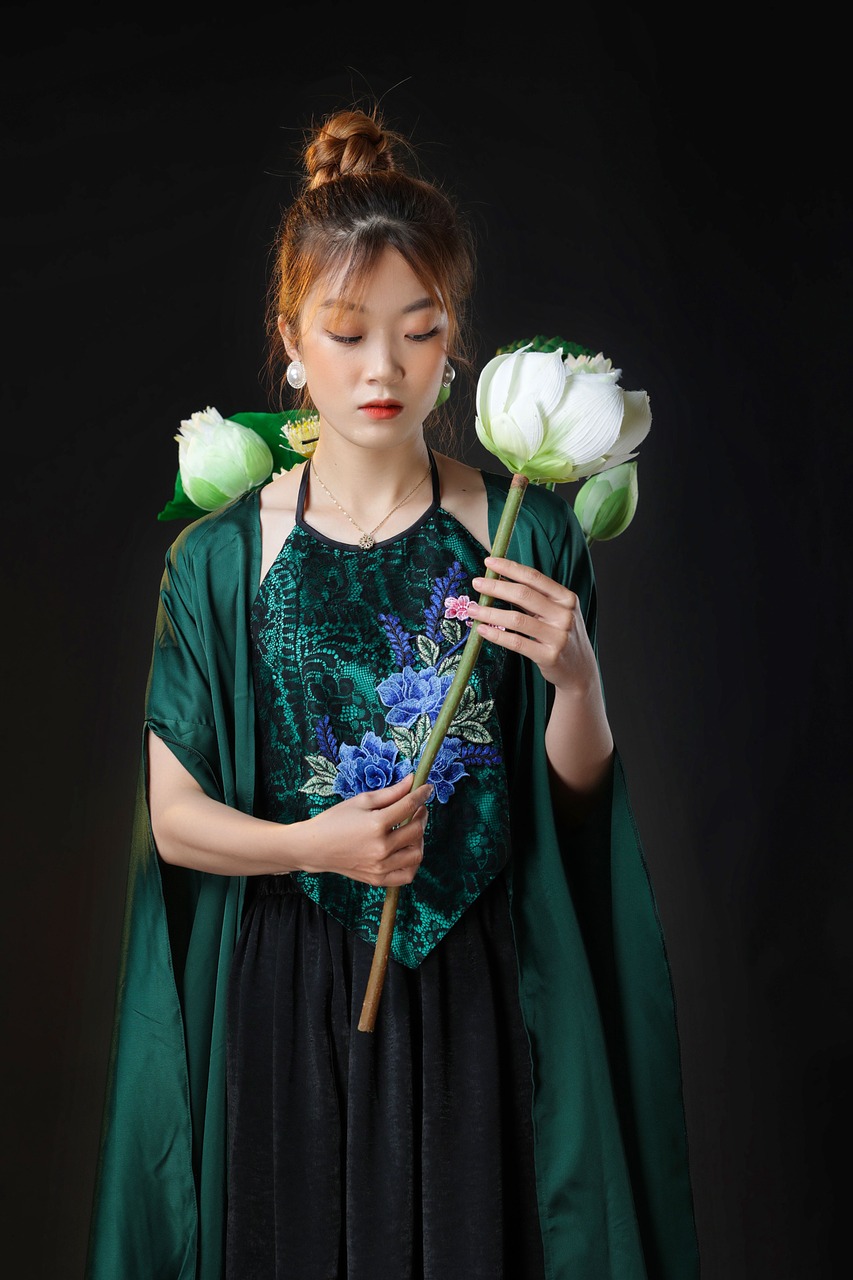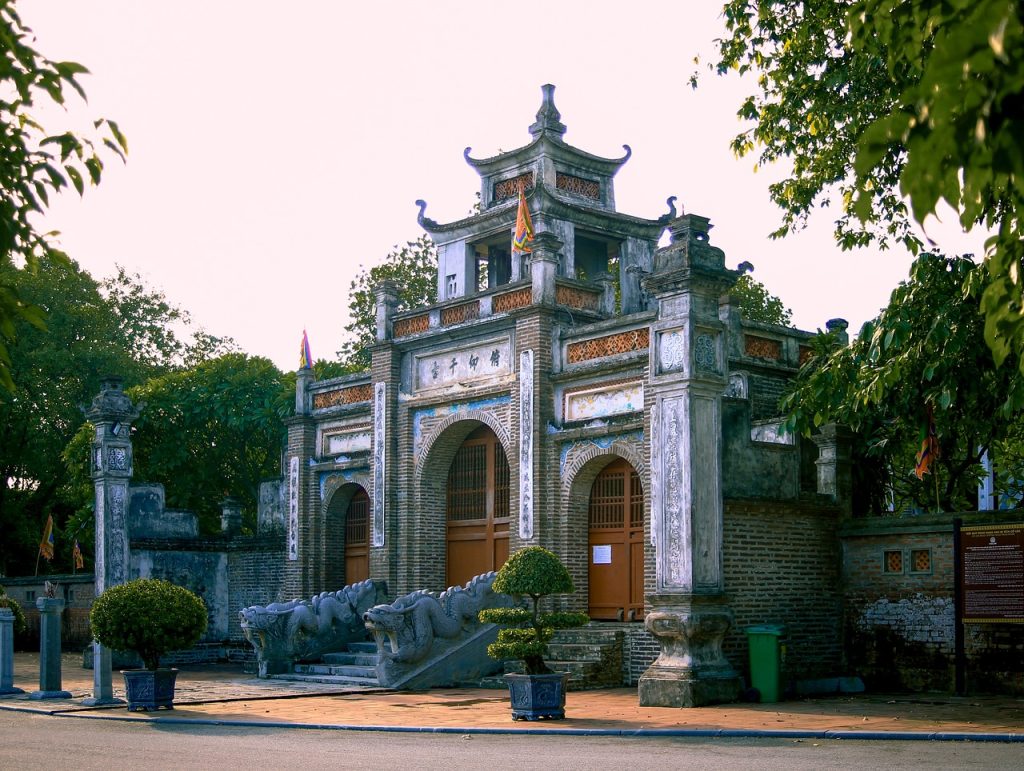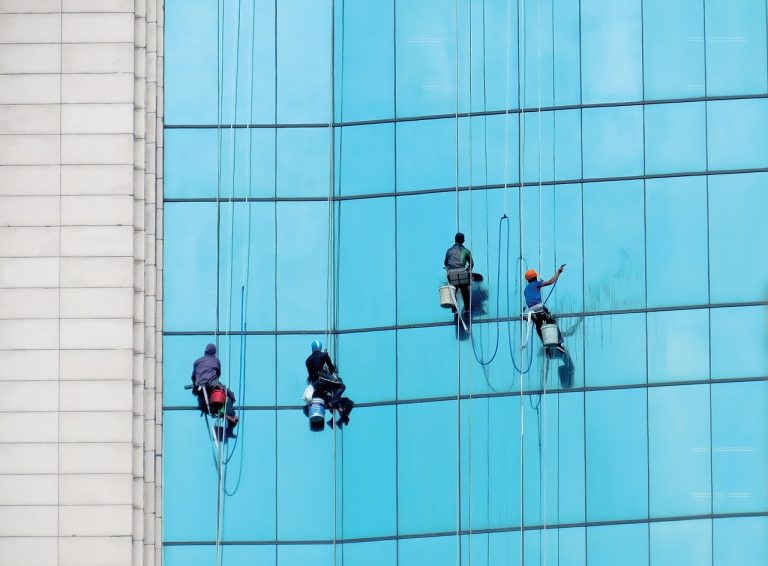Hanoi Vietnam Video
Hoan Kiem Lake
Hoan Kiem Lake, also known as the Lake of the Returned Sword, is a historic landmark located in the heart of Hanoi. It is a picturesque lake surrounded by lush greenery and vibrant streets. The lake holds great cultural significance and is a popular spot for locals and tourists alike.
- Ngoc Son Temple: This temple is situated on a small island in the middle of Hoan Kiem Lake and is connected to the mainland by the iconic red-painted Huc Bridge. It is dedicated to the national hero Tran Hung Dao and contains various artifacts and relics.
- Turtle Tower: Located on a small island near the northern end of the lake, the Turtle Tower is a prominent landmark. Legend has it that Emperor Le Loi returned the magical sword to the Golden Turtle God in this area.
- Thap Rua: Also known as the Tortoise Tower, it stands on a small island at the southern end of the lake. This iconic tower adds to the charm and beauty of Hoan Kiem Lake.
Temple of Literature
The Temple of Literature, or Van Mieu-Quoc Tu Giam, is a renowned historical site in Hanoi. It was originally built in 1070 and is dedicated to Confucius, scholars, and sages. The temple complex is a well-preserved example of traditional Vietnamese architecture.
- First Courtyard: Upon entering the temple, visitors are greeted by the first courtyard, which features a large gate called Dai Trung Mon. This area symbolizes the separation between the secular world and the sacred realm of knowledge.
- Second Courtyard: The second courtyard is home to the Khue Van Cac, or the Constellation of Literature Pavilion. This iconic structure is often depicted on Vietnamese currency and represents the pursuit of knowledge.
- Third Courtyard: In the third courtyard, visitors will find the Thien Quang Tinh, or the Well of Heavenly Clarity. It is believed that those who wash their faces with its water will have their intelligence enhanced.
- Fourth Courtyard: The fourth courtyard houses the Thai Hoc House, which was once a place of learning for royal descendants. It now serves as a museum, showcasing ancient artifacts and historical documents.
Hanoi Vietnam Image 1:

Ho Chi Minh Mausoleum
The Ho Chi Minh Mausoleum is a monumental building in Hanoi that serves as the final resting place of Vietnamese revolutionary leader Ho Chi Minh. It is an important site for locals and visitors who come to pay their respects to the revered leader.
- Ho Chi Minh’s Body: The mausoleum houses the embalmed body of Ho Chi Minh, which is preserved and displayed in a glass case. Visitors can walk silently through the mausoleum to view the embalmed leader.
- Ba Dinh Square: The mausoleum is located within Ba Dinh Square, a historical and political center in Hanoi. It is here that Ho Chi Minh declared Vietnam’s independence in 1945.
- Presidential Palace: Adjacent to the mausoleum is the Presidential Palace, a grand yellow building that was once the residence of the French Governor-General of Indochina. It later became the official residence of the President of Vietnam.
One Pillar Pagoda
The One Pillar Pagoda, formally known as Dien Huu Pagoda, is a unique and iconic religious structure in Hanoi. It was originally built in 1049 by Emperor Ly Thai Tong and is regarded as one of Vietnam’s most important Buddhist temples.
- Architectural Design: The pagoda is designed to resemble a lotus blossom emerging from the water. It is supported by a single stone pillar, hence its name, and is surrounded by a tranquil garden.
- Legend of the Emperor’s Dream: According to legend, Emperor Ly Thai Tong dreamt of a bodhisattva who handed him a baby son while seated on a lotus flower. The emperor then married a peasant girl who gave birth to a son, and he built the pagoda to commemorate this auspicious event.
- Religious Significance: The One Pillar Pagoda is considered a symbol of fertility, happiness, and good fortune. It is a place of worship for Buddhists and attracts many visitors seeking blessings and spiritual solace.
Hanoi Vietnam Image 2:

Long Bien Bridge
The Long Bien Bridge is an iconic landmark in Hanoi that spans the Red River. It was constructed during the French colonial era and played a significant role in Vietnam’s history, particularly during the Vietnam War.
- Historical Significance: The bridge was originally named Doumer Bridge after Paul Doumer, the Governor-General of French Indochina. It served as a vital transportation route and played a crucial role in the transportation of goods and troops during the war.
- Architectural Design: The bridge features a unique combination of steel and stone, with a central section that can be lifted to allow larger ships to pass through. It has become an architectural symbol of Hanoi.
- Walking Path: Today, a section of the bridge is dedicated to pedestrians and cyclists, offering a scenic vantage point to enjoy panoramic views of the Red River and the city skyline.
Imperial Citadel of Thang Long
The Imperial Citadel of Thang Long, also known as Hanoi Citadel, is a UNESCO World Heritage Site that served as the political and cultural center of ancient Hanoi for over a thousand years.
- Archaeological Excavations: The site was rediscovered in 2002 when construction work uncovered ancient artifacts and structures dating back to the 7th century. Excavations have revealed the foundations of palaces, temples, and ancient roads.
- Hanoi Citadel Complex: The citadel is divided into several sections, including the Forbidden City, the Royal Enclosure, and the Archaeological Site. Each area offers insights into the rich history and grandeur of the ancient Vietnamese dynasties.
- Hanoi Flag Tower: The Hanoi Flag Tower, located within the citadel complex, is a historic structure that has become a symbol of the city. It was originally built in 1812 and served as an observation post and a military command center.
Hanoi Vietnam Image 3:

Ho Chi Minh Museum
The Ho Chi Minh Museum is dedicated to the life and accomplishments of Ho Chi Minh, the founding father of modern Vietnam. It is located in a striking building shaped like a white lotus flower in the heart of Hanoi.
- Exhibition Halls: The museum consists of several exhibition halls that showcase artifacts, documents, and multimedia presentations depicting Ho Chi Minh’s revolutionary struggle for Vietnamese independence.
- Personal Effects: Visitors can view personal belongings of Ho Chi Minh, including his clothes, writing utensils, and gifts presented to him by world leaders.
- Outdoor Area: The museum also features a serene outdoor area with gardens and statues, providing a peaceful setting for reflection and contemplation.
St. Joseph’s Cathedral
St. Joseph’s Cathedral, located in the heart of Hanoi, is a prominent Catholic church that stands as a reminder of the city’s French colonial heritage. It is one of the oldest churches in Vietnam and a popular landmark in Hanoi’s Old Quarter.
- Architectural Style: The cathedral showcases stunning Gothic Revival architecture with intricate stained glass windows, towering spires, and a beautiful interior adorned with religious artwork.
- Religious Services: The church remains an active place of worship, and visitors can attend Mass or explore the peaceful ambiance of the interior.
- Surrounding Area: St. Joseph’s Cathedral is surrounded by charming cafes, boutique shops, and bustling streets, making it a vibrant and lively area to explore.
Water Puppet Theatre
The Water Puppet Theatre is a traditional form of Vietnamese entertainment that originated in the Red River Delta region. It combines puppetry, music, and storytelling to depict scenes from rural life and folklore.
- Unique Puppetry Technique: The puppets are controlled by puppeteers who stand waist-deep in water behind a bamboo screen. The puppets appear to be gliding on the water, creating a mesmerizing and magical effect.
- Live Music: The performances are accompanied by a traditional orchestra playing traditional instruments such as drums, flutes, and stringed instruments.
- Storytelling: The puppet shows depict various stories and legends, including scenes of farming, fishing, and mythical creatures. The performances are lively and engaging, captivating audiences of all ages.
Conclusion
Hanoi, the capital city of Vietnam, is rich in historical landmarks that offer a glimpse into the country’s vibrant past. From the serene beauty of Hoan Kiem Lake to the cultural significance of the Temple of Literature, each landmark tells a unique story. Whether exploring the ancient Imperial Citadel of Thang Long or witnessing a traditional water puppet show, visitors to Hanoi are immersed in the rich tapestry of Vietnamese history and culture.
References
- Petit Palace: petitpalace.co.uk
- UNESCO World Heritage Center: whc.unesco.org
- Ho Chi Minh Museum: hochiminh.museum
- St. Joseph’s Cathedral: hanoiarchdiocese.org
- Hanoi Water Puppet Theatre: vietnam.travel







